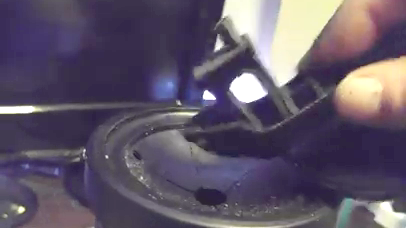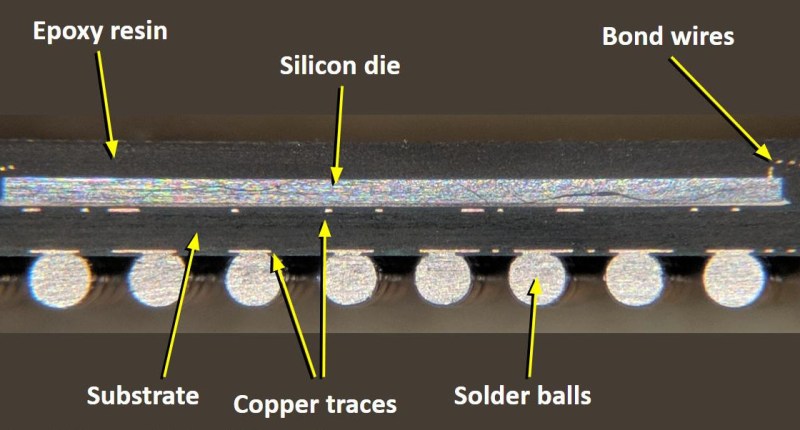If you’ve spent any time on hackaday.io, you may have noticed that more than a few denizens of the site are fans of “alternative” electronic logic. Aiming to create digital circuits from such things as relays, vacuum tubes, discrete transistors, and occasionally diodes, they come up with designs that use these components in either antiquated or occasionally new and unexpected ways. This is exactly what [Mark Sherman] has done with his latest project, a single-transistor latch.
If you think every design has to compete with cutting-edge integrated circuits, or even must have an immediate practical application, you might as well stop reading now — and to play on the famous Louis Armstrong quip about jazz, if you have to ask why someone would do such a thing, you’ll never know.
Given that you’ve come this far, you’ll appreciate what [Mark] has come up with. It’s semi-well-known that the collector-emitter junction of a bipolar junction transistor (BJT) can exhibit a negative resistance characteristic when reverse-biased into avalanche breakdown. It’s this principle that allows a single BJT to be used as an ultra-simple LED flasher. [Mark] took this concept and ran with it, creating a single-transistor latch that can store one bit of information. As a bonus — or is it a requirement? — the transistor also drives an LED, so that you can visualize the state. We’ve seen a one-transistor flip-flop before, but that one also required diodes and an AC bias supply. In this new device, none of this is necessary, so it’s a step up according to the unwritten, unspoken, and generally agreed upon rules of the game.
In true hacker fashion, [Mark] came up with a working device without fully understanding exactly how it works. We, too, are a little mystified at first glance. So, [Mark] is asking for your help in replicating and/or analyzing the circuit. He explains what he has found so far in the video after the break, but the main questions seem to revolve around why the base resistor is required, and why it works with 2N4401s but not 2N2222s.
So, Hackaday, what’s going on here? Sound off in the comments below.
Continue reading “Help Solve The Single-Transistor Latch Mystery”


















